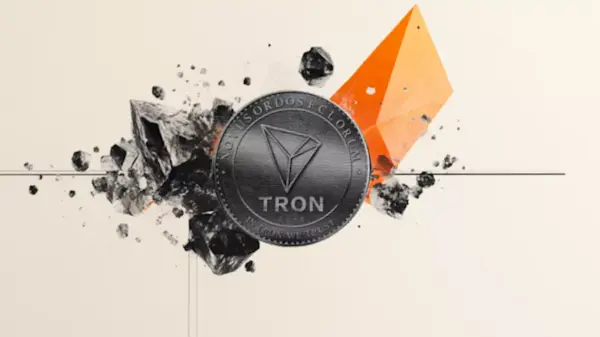James Gunn‘s latest film, “Superman,” has made a significant impact since its release, capturing the essence of the iconic superhero and thrilling audiences. The film integrates elements from various eras of the Superman mythos, but notably emphasizes the post-Crisis narrative, which began after the landmark comic event, Crisis on Infinite Earths. For fans familiar with the history of DC Comics, one of the film’s most intriguing aspects is the introduction of Ultraman, a character whose identity serves as a deep cut into Superman’s lore.
The concept of Ultraman is rooted in the DC Universe’s darker alternate realities. Originally, Ultraman was portrayed as an evil counterpart to Superman from Earth-Three. However, this film reinterprets the character within the context of Gunn’s vision, suggesting a more complex relationship with Lex Luthor, Superman’s arch-nemesis. Early clues in the film hint at Ultraman’s true nature, creating an exciting Easter egg for longtime readers of the comics.
The Crisis on Infinite Earths storyline aimed to modernize the DC Universe, leading to significant changes in character origins and dynamics. In the reimagined version of Superman, introduced in Man of Steel, his backstory was altered so that he was considered “born” on Earth. Simultaneously, Lex Luthor evolved from a mad scientist to a corporate villain, utilizing his intellect against Superman. In a pivotal moment, Luthor acquires Superman’s DNA and attempts to create a clone, resulting in the creation of Bizarro. Unlike the pre-Crisis version, where Bizarro was an outright opposite of Superman, the post-Crisis interpretation delves deeper into the complexities of cloning and identity.
In the film, Ultraman serves as a clone created by Luthor from Superman’s DNA. While he reflects elements of Bizarro’s origins, Ultraman diverges by lacking Bizarro’s iconic traits, such as speaking in opposites. Instead, Ultraman is portrayed as a more subdued character who can understand commands and execute them, showcasing Luthor’s strategic brilliance in his quest to undermine Superman. The film cleverly hints at Ultraman’s origins, making it a rewarding experience for comic enthusiasts.
James Gunn’s passion for comic book storytelling is evident throughout the film. His ability to incorporate nuanced details, such as Ultraman’s identity, highlights his commitment to honoring the source material while crafting a narrative accessible to newcomers. By integrating post-Crisis themes, Gunn successfully bridges the gap between different generations of Superman fans.
As “Superman” continues to draw in audiences worldwide, the character of Ultraman stands as a testament to the enduring legacy of the Superman mythos. This interpretation not only enriches the film’s narrative but also pays homage to the complex history of DC Comics. With its engaging storytelling and thoughtful references, Gunn’s vision solidifies Superman’s place in contemporary cinema, appealing to both devoted readers and new fans alike.
“Superman” is currently in theaters, inviting audiences to experience a fresh take on a beloved character.






































































